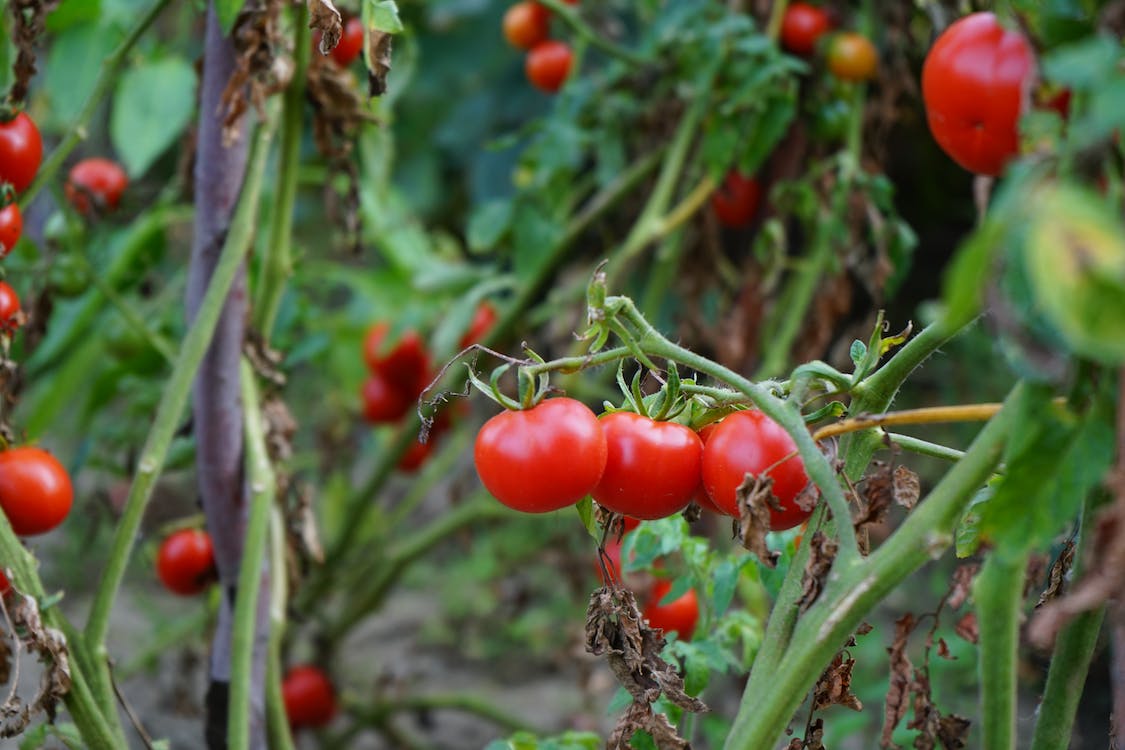Agriculture is one of the main users of a range of remote sensing services, which combine and complement each other. Primarily, these are space (satellites) and aviation (unmanned aerial vehicles) monitoring technologies. Modern remote sensing instruments have reached such a level of development that they can now measure light, radiation, and temperature by capturing different wavelengths of the electromagnetic spectrum. These measurements are then analyzed to pull out the necessary information on different parameters depending on the industry and the object of research. For instance, in agriculture and forestry, the main parameter retrieved from remote sensing data is vegetation state that is measured through NDVI.
The miniaturization of different technology along with its growing popularity have made equipment like drones and other devices increasingly affordable and available to most users. Same goes for satellites, as many commercial companies start to launch their own spacecraft set on monitoring specific parameters. But how do you collect all this satellite- or drone- retrieved data? How do you analyze it effectively?
That is where remote sensing apps enter the scene. Different types of such software leverage different algorithms for remote sensing data analysis pulling out all of the necessary information a user might need. Let’s break down the types of such apps designed specifically for farming and forestry to see what opportunities they actually offer for the players of these industries.
Types of Remote Sensing Apps in Farming
Here are the main types of remote sensing software catering to farmers.
Field Monitoring Apps
This type of software allows for “entering” the field and monitor, record, and analyze problems on it. All the field data is available in one online tool. It helps farmers thoroughly explore the field: mark the boundaries, collect, store, and process information about crop and soil health in real-time. The functionality of such apps is endless and varies significantly. It can include features like crop growth stages detection, soil moisture levels identification, pests and diseases detection, weather data access for smart field activities planning, and much more.
Using GPS in the mobile device, such tools provide growers with accurate information about what is happening in the field. Thanks to satellite images, the application analyzes fields throughout the territory, alerting farmers of any problem and sending all data to the user’s account. Such apps usually also allow for yield forecasting thanks to analysis and comparing field productivity data for several seasons.
Plant Recognition Apps
To apply the most suitable pesticide, farmers need to know which weed they are dealing with. Plant recognition apps store a database of many plants and are capable of identifying a weed by a set of characteristic traits, including habitat, leaf type, color, root system, etc. The online plant library of such apps usually contains hundreds of plant species with a full description of each. Some of such apps allow for uploading photos and automatically determine the type of weed based on the picture.
VRA Approach Implementation Apps
There are farm management apps that also have the functionality of determining most and least productive field zones based on NDVI calculations to aid farmers in creating fertilizer and pesticide applications maps. However, there are apps designed to act specifically as online calculators that automatically determine the exact amount of fertilizer or other chemicals needed on the field and where. It can also be used to assess the suitability of a farmsite for a particular crop.
Types of Remote Sensing Apps in Forestry
Here are the main types of remote sensing software that offer undeniable value for forestry players.
Wildfires Monitoring Apps
Wildfires are among the main causes of deforestation. Luckily, timely detection and management allow for its impact mitigation. For that, different wildfire monitoring apps can be used. Such tools usually leverage satellite data, providing information on current wildfires, hazard zones, abnormal temperatures, weather data, news and analytics, and more. Besides, some tools also have an option of sending out notifications to alert users of any threats concerning their forest stands.
Some wildfire monitoring apps enable search for information and images of any forest fire in the country. It displays fires on a satellite map and allows users to search for the fire they want to monitor. It displays fire locations and fire perimeter data, has a shared photo gallery, and provides information on fires from a variety of state and federal sources.
Illegal Logging Detection Apps
Illegal cutting down of trees is another huge issue responsible for alarming forest loss rates. Illegal logging detection apps utilize satellite imagery to detect any changes in forest cover and its size. This allows for quickly identifying forest loss that is occurring due to illegal trees felling.
Tree Diseases Detection Apps
Uncontrolled spreading of tree diseases can have disastrous consequences on ecosystem health and local or national economies. Remote sensing apps allow for monitoring unusual tree color changes, which can be caused by diseases or pests infestations. This data allows users to determine the issue and solve it before it spreads any further.

